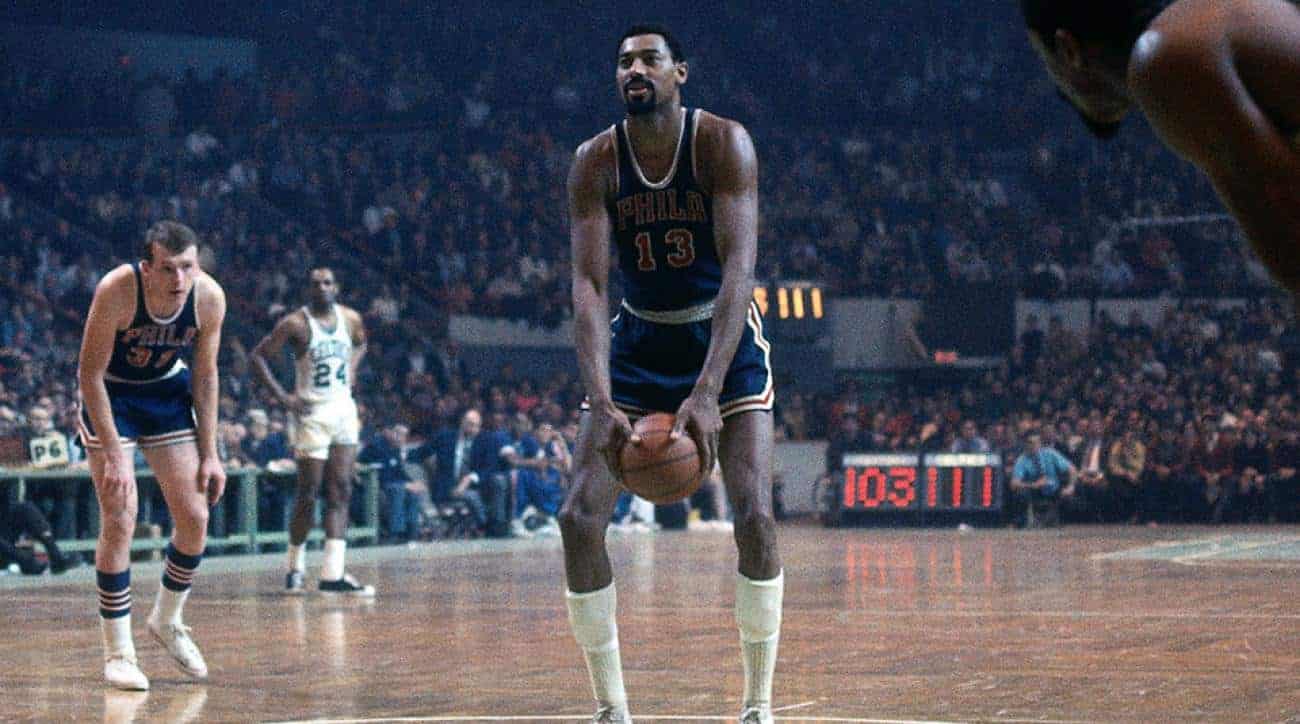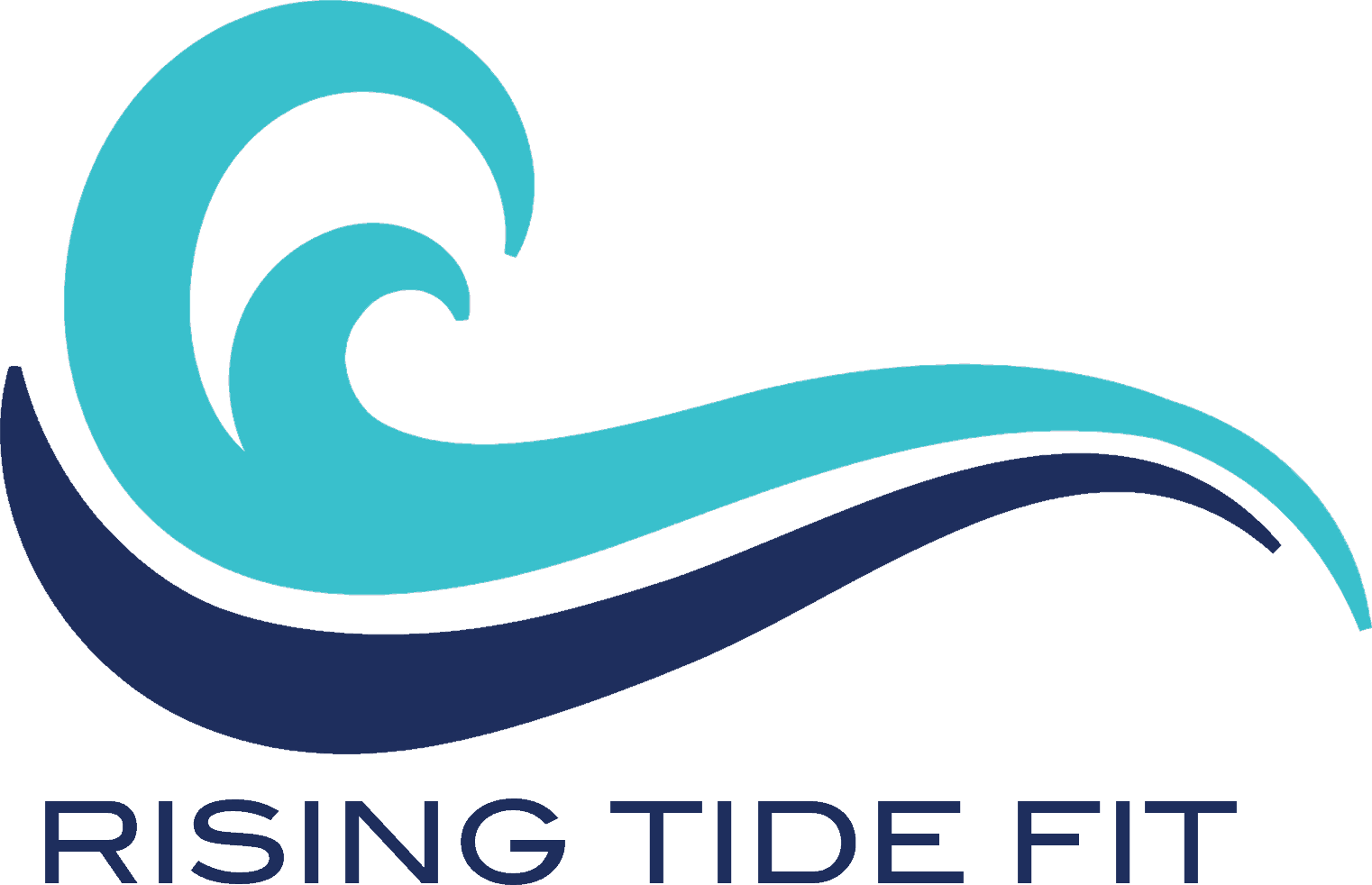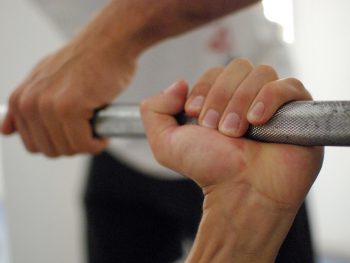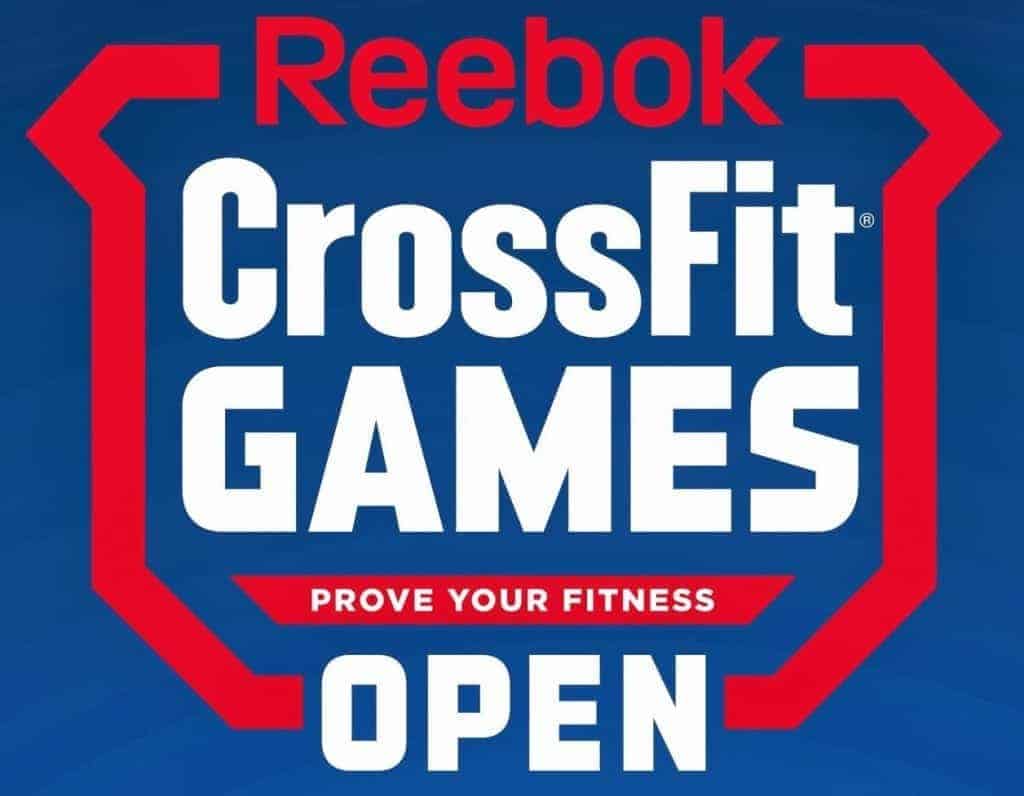
CrossFit started as a method to maximize fitness, and despite its controversial reputation, has been wildly successful by those who have taken the time to explore it.
As it grew in popularity over the years, it started trending away from general physical preparedness (GPP) and gearing itself toward elite fitness athletes.
But those elite athletes you see are such a small percentage of the people who actually participate in CrossFit. All across the world, affiliates are full of average CrossFit athletes just looking to improve their fitness, whether that be to carry groceries, chase around their kids, or de-stress after a long day.
So what do those average CrossFit athletes look like? They’re just like you. Moms, dads, wives, husbands, business owners, doctors, lawyers, photographers, student athletes, IT specialists. The list goes on.
But there’s one thing we almost always see in your typical CrossFitter – a healthy dose of competitiveness.
It’s easy to say when you’re not in the middle of it that you won’t compete with others around you, you’ll only pay attention to yourself. It’s easy to say you won’t try to do things you know you’re not capable of yet, or your body isn’t ready for. But put a bunch of CrossFitters in a room together and start a clock, and I bet you all of those promises mostly fly out the window.
Workouts are written with a “prescription” in mind, or what’s referred to as “Rx.” These are suggested weights and rep schemes for the fittest of the fit; people are always striving to complete workouts Rx. And while it’s great to have things to work towards, it’s not great to try to jump to them when you aren’t yet ready.
We often see athletes that feel compelled to Rx a WOD, despite that choice being to the detriment of their personal performance and the intended stimulus of the workout. Coaches know the members capabilities and limitations, and recommend appropriate, personalized scaling options to help them best achieve the stimulus of the workout.
Some athletes are receptive to these suggestions. Others decide to dismiss the advice of the professional, go hard out of the gate, and find themselves stalled out and staring at the bar, or scaling down halfway through the workout.
If you went to the doctor with a serious cut, and the doctor said, “for this particular cut, in this particular location, I would really recommend you get some stitches for it to heal properly”, would you get the stitches? Of course you would. You wouldn’t say, “Ok, doc, sounds good, I’m just going to go ahead and leave it open. I think I might go home and rub some salt in it too.”
You came to that person because you wanted an expert’s advice. You wanted help with the situation you found yourself in, and you are paying that person to assist with what you need. Coaching is no different. Are you not there to get better? Why would you go to a place where you pay for someone’s expert advice, and then dismiss it?
In trying to learn more about this phenomenon, it came to light that CrossFit athletes aren’t the only ones facing this problem. While listening to Episode 3 of Malcom Gladwell’s Revisionist History podcast, The Big Man Can’t Shoot, (it’s worth the 30 minute listen), we learned about why people routinely engage in self-detrimental behaviors even when they know a better. (Spoiler alert: sometimes people misbehave this way because of so-called “social thresholds”.) Basically, some people are afraid to look bad in front of others.
Gladwell provides as his example Wilt Chamberlain’s basketball career. Chamberlain is one of the greatest basketball players of all time, but he was a terrible free-throw shooter. In one particular game, he switched up his technique from overhand to to underhand free-throws (otherwise known as a granny toss), dramatically improving his performance.
Despite his increased performance, Chamberlain later switched back. The reason? From Chamberlain’s autobiography “Wilt”: “I felt silly, like a sissy, shooting underhanded. I know I was wrong. I know some of the best foul shooters in history shot that way. Even now, the best one in the NBA, Rick Barry, shoots underhanded. I just couldn’t do it.“
Moral of the story? Wilt Chamberlain’s ego kept him from the possibility of being the best NBA player of all time, because he refused to do something that he knew would improve his game.
So what’s the moral of how this relates to CrossFit?
For coaches and affiliates: We need to shift our focus from “best of best” to “best of self”. We should make it easy for athletes to be proud of incremental achievements, and celebrate the small wins.
Celebrating these small wins and personal bests will keep each individual focused on their goals and their progress towards them, rather than what the people around them are doing.
For athletes: Leave your ego at the door. Seriously. Know your limits, and if you don’t, trust that your coach does. Coaches are there because they want to see you improve on and achieve your goals. They provide scaling advice and recommendations for your benefit, not their own.
And remember, when everyone in class is working at capacity, nobody has the bandwidth to make comparisons. (Or, more simply put, when you’re dying, we’re all dying together, and don’t have time to pay attention to what scaling option you chose, nor do we care.)
At the end of the day, it’s you against yourself. Get out of your own way, and you’ll be surprised at how far you can go.













